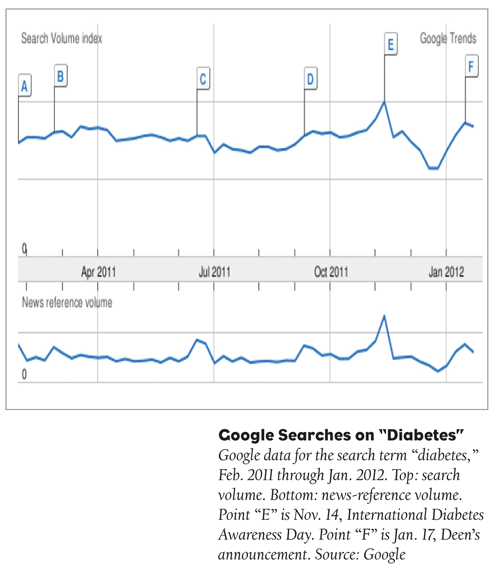TRENDS
China Goes to the City
China has passed an important developmental milestone: in 2011, the urban population reached 51.3%, climbing over the fifty-percent mark for the first time in the country’s history. The country’s urban population topped 690.7 million, while the rural population decreased to about 656.6 million, according to the National Bureau of Statistics of China. (Western marketers interested in the demographics of the world’s largest emerging market should ransack www.stats.gov.cn/english/.)
By way of comparison, the United States crossed over the urbanization barrier for the first time in the 1920 Federal Census, which counted 51.2% urban-dwelling Americans out of a total population of 106 million—less than one-tenth China’s population 90 years down the road.
China’s efforts to slow its population growth seem to be paying off. The birthrate was essentially steady at 11.93%, while the death rate was also level, at 7.14%. Put the two figures together, and they equal a steadily aging population: The statistics bureau said that 13.7% of the population is now aged 60 or older (up 0.47% from the year before). The working-age population (defined as 15-64 years old) fell to 74.4% of the population, continuing a decline that started in 2002. A Reuters report quoted Guangdong Academy of Social Sciences professor Cheng Jiansan, who observes, “It’s a clear signal to all investors—China’s cheap labor is fading into the past and will never be back…. As far as I know, many plants here are relocating to places like Vietnam and Cambodia—simply for cheap labor.”
THE ARTS
ASPIRATIONAL
If the boardroom is your goal, then photographer Jacqueline Hassink’s Table of Power 2 (Hatje Cantz Verlag) is a must for your coffee table. Critics have ranked her 1996 Tables of Power among the most significant photography books of the 20th century, and the sequel extends the franchise into the new century. These empty, symmetrical boardrooms—in reality mere collections of furniture—inescapably remind the viewers of the power wielded by the (temporarily absent) people who usually occupy the chairs. (See jacquelinehassink.com.) © JACQUELINE HASSINK
HEALTH
Out for Blood-Sugar
Comfort-food doyenne Paula Deen’s double-barreled Jan. 17 announcement (that she has developed type 2 diabetes and will serve as spokesperson for Victoza, Novo Nordisk’s glucagon-like peptide-1 analog) offers a case-study in big-hit public relations. Deen is an unexpectedly polarizing figure —her fat-rich recipes and demeanor alike annoy a surprising number of people—and the handling of the announcement did nothing to reduce the intensity of the backlash. (Sample Tweet: “Paula Deen was diagnosed with diabetes. I heard she responded by diving in a bathtub of melted butter and then rolled in powdered sugar.”)
Following the adage that, “There is no such thing as good publicity or bad publicity; there is only publicity,” internet interest in diabetes spiked on the day of the announcement. (Twitter and web stats had been rising steadily over the preceding days, feeding on correct rumors of Deen’s diagnosis and false rumors that she would be a Novartis mouthpiece.) The Jan. 17 peak, though, was small compared the Nov. 14, 2011 high, on International Diabetes Awareness Day.
A few days of more or less intense criticism followed, including some trash talk from celebrity chef/cultural anthropologist Anthony Bourdain and a thoughtful article from former New York Times restaurant critic Frank Bruni about how people who eat for a living actually feed themselves in real life. (Note to self: keep an eye out for People magazine staffer Allison Adato’s forthcoming Smart Chefs Stay Slim, due from Penguin in April: “Now chefs like Michelle Bernstein, Eric Ripert, Tom Colicchio, Rick Bayless, Jacques Torres, and Cat Cora share their own stories on how you can keep your love for food—without foregoing a healthy life.”)
Twitter Mentions of “Diabetes” Trendistic’s index of Twitter mentions of “diabetes.” Tall spike comes on Nov. 14, International Diabetes Awareness Day, smaller spike on Jan. 17.

Traffic on “Diabetes.org” Source: Quantcast.com Source: Trendistic.com

Google Searches on “Diabetes” Google data for the search term “diabetes,” Feb. 2011 through Jan. 2012. Top: search volume. Bottom: news-reference volume. Point “E” is Nov. 14, International Diabetes Awareness Day. Point “F” is Jan. 17, Deen’s announcement. Source: Google




